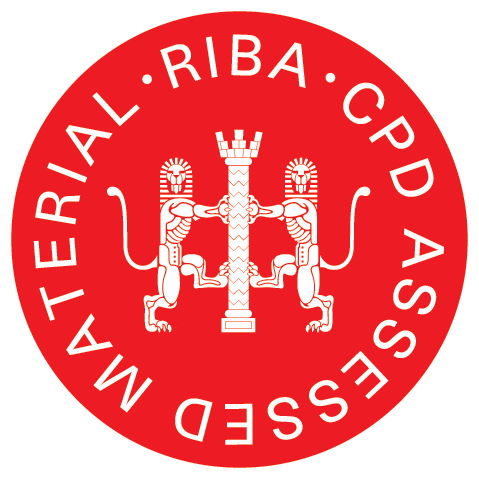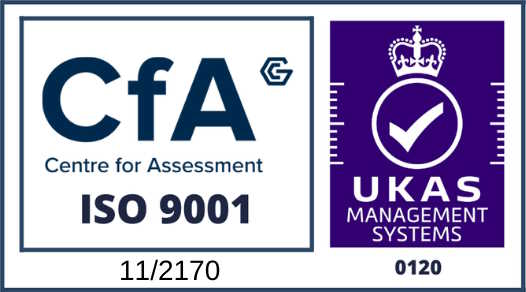




Take the CPD Course online now, or Book for your organisation to join an online webinar…















What’s Required to Earn Full Points
1. Watch through the RIBA Certified CPD Video (approx. 25minutes)
2. Complete the short questionnaire at the end of the video (approx. 5 minutes)
3. Arrange a quick follow up chat, to complete the assessment and cover any questions (pre-arranged
with your company or via contact from at the end)
What Is This CPD About?
The Future Homes Standard due in 2025, SAP 10 and the UKs’ Clean Growth Strategy will require new homes to
be provided with low carbon heating solutions as well as older properties and commercial spaces to be improved to meet Nett Zero CO2 targets by 2050.
Tough Gig.
At present, most occupied spaces are heated by radiators (wet or electric) and Underfloor heating (UFH) and
whilst the technology of how they are powered has changed considerably in the last 20 years, (think of solar
panels, heat pumps & wind turbines for example) the emitters that deliver the heat themselves have remained
largely the same.
Wall hung radiators present challenges to Architects, Consultants and Developers as the pressure to maximise
living space means that every mm2
has an appreciable value and giving it up to a metal panel seems an unconscionable decision.
Underfloor heating can create issues for Contactors, housing providers and occupants as time on site, overheating,
suitable floor coverings, weight-loading and potential warranty issues can add considerable hidden oncosts.
Thermal Skirting provides an above ground, hidden heating solution with rapid response times (on & off) as well
as combining 2 elements of the construction package in one (heating and skirting boards).
This CPD will explain the advantages and potential disadvantages of Thermal Skirting against radiators and underfloor heating,
both ‘wet’ and electric for residential, healthcare, assisted living, student accommodation and
some commercial applications in new build and retrofit projects.
Got a Question?
Ethan Wadsworth - Commercial Manager
Ethan runs our CPD programme and is happy, to answer any questions you have, immediately or in person
Get In Touch
Case Studies
Off-Site Modular Construction
Energy ‘Plus’ School, Rostock, Germany
Farmhouse - Ground source heat pump
The Bridges by Adlington Homes
Why? Well many will have downsized from larger family homes but still want to keep important items of furniture and so useable floor space becomes very often a deciding factor. This is why traditional radiators are losing their appeal to developers like Gladman as they try to offer more living room in the same constructed envelope.



















